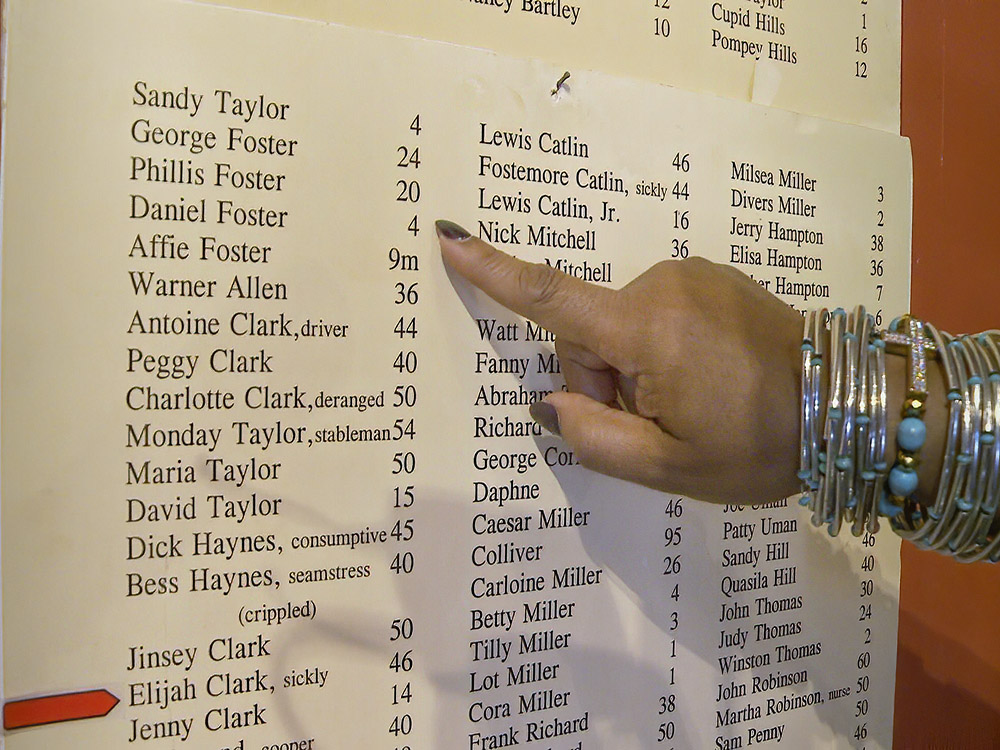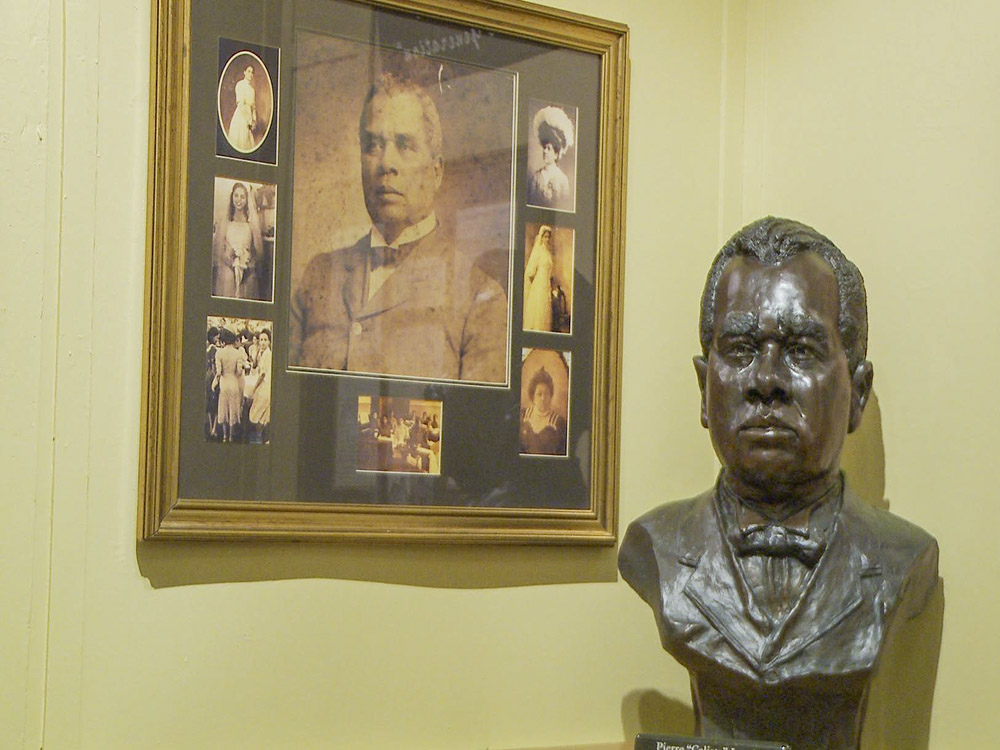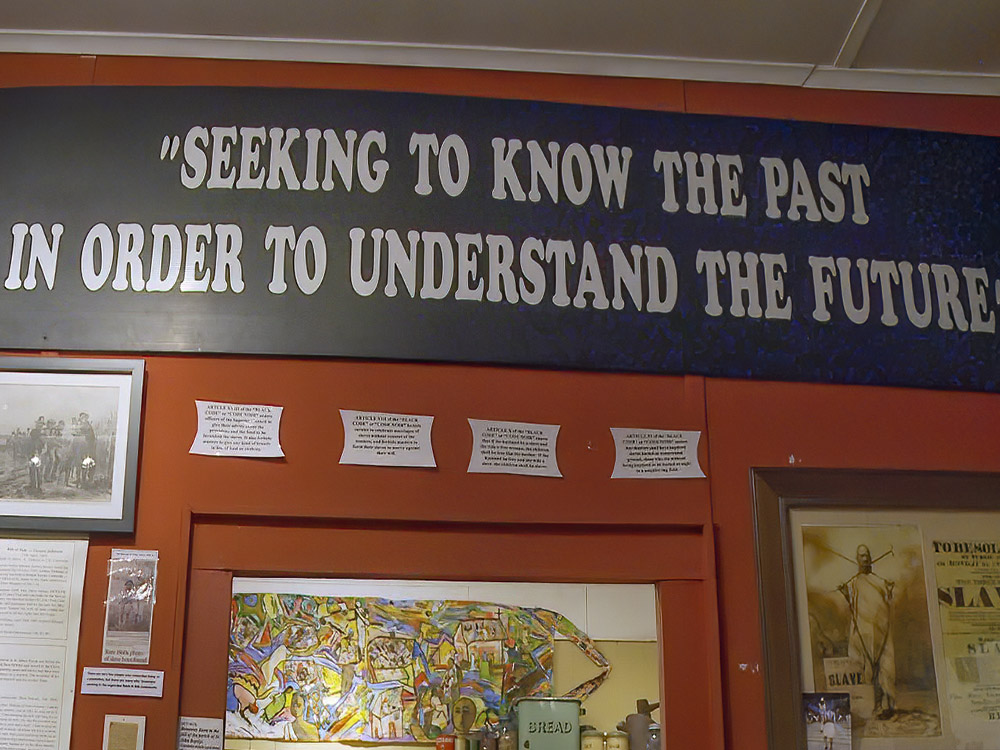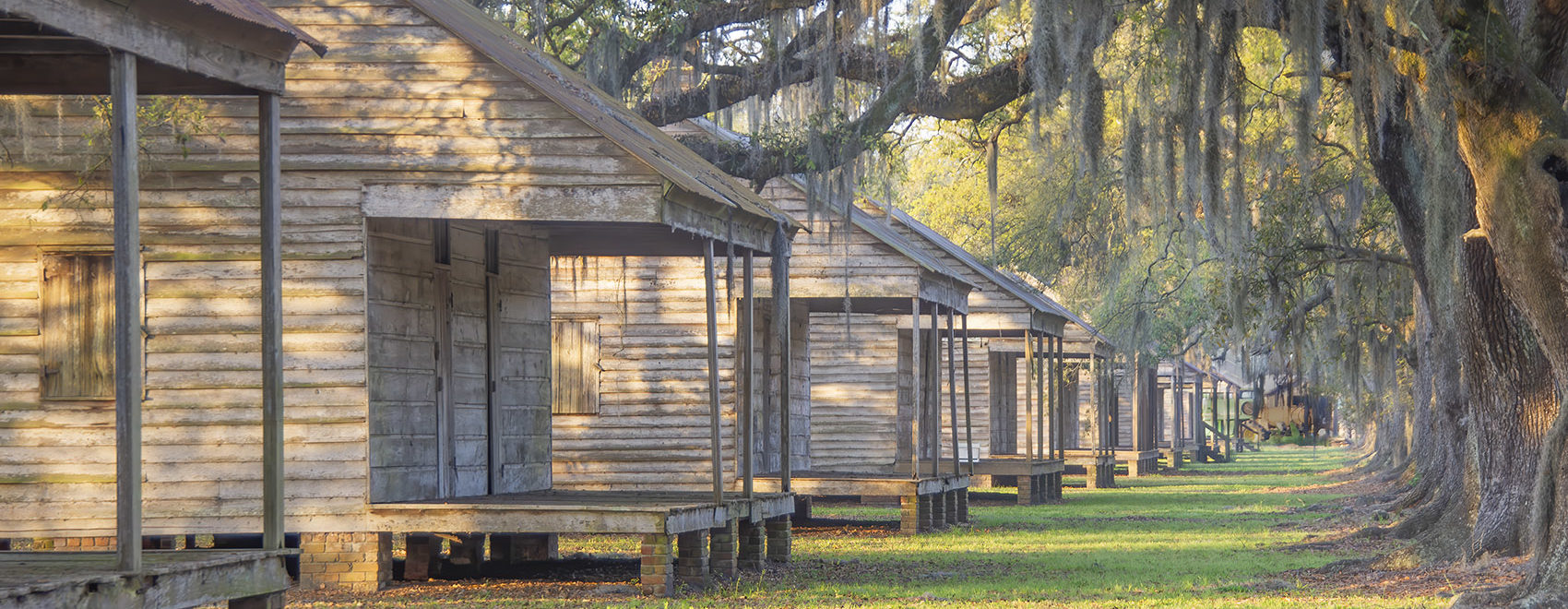For the past 25 years, the River Road African American Museum in Donaldsonville has been collecting artifacts and digging into the history of the rural area that was the center of Louisiana’s sugarcane country.
Museum Director Kathe Hambrick-Jackson says that in the 1840’s, “St. James and Ascension parishes had the highest concentration of millionaires of anywhere in the world, and it’s because sugar was king”.

The African American River Road Museum shows how the prosperity of the River Road sugar plantations grew out of a dark history of human bondage. Slavery was the shackled human engine that drove the plantation economy.
Hambrick-Jackson provides tours for individuals and groups that visit the Donaldsonville, Louisiana museum. She explains, “Children find it very hard to believe that there was a time here in America where people could be sold just like a horse”.

Pointing to a list of names on the wall, Hambrick-Jackson says, “The numbers that you see here are the ages of the people who were enslaved. You’ll see ‘9M’ and ‘2M’ which means nine months and two months old. You also see if a person has a skill or an illness”. And the slaves are given values, 100 dollars for a toddler, a thousand for a field hand, and skilled craftsmen as much as 3,500 dollars.

With the end of slavery and Reconstruction, African Americans assumed positions of leadership in Donaldsonville and Louisiana. Pierre Caliste Landry, a former slave, was elected Mayor of Donaldsonville in 1866, becoming the first African American elected mayor in the United States. “Landry actually worked with both the Republican and Democratic parties of the time,” Hambrick-Jackson says, “and received votes from both sides”.
Some of the early jazz greats, like Joe King Oliver, have their roots along River Road near Donaldsonville. “Louis Armstrong called him Poppa,” Hambrick-Jackson explains. “He gave Louis Armstrong his first job when Louis was 16 years old.” One of the songs Oliver and Armstrong recorded together was ‘Muskrat Rag’.

This museum does not hold back in its displays from the horrors of slavery through modern struggles and achievements. “It gives us strength to know where we have come from,” Hambrick-Jackson says, “and to know the struggles and everything that we have overcome in the history of America”. It’s a story that plays out on the walls and in the collections of this modest museum, the hardships and the contributions of the African American people of River Road.
406 Charles St, Donaldsonville, LA 70346


sharhonda Solomon
Great time